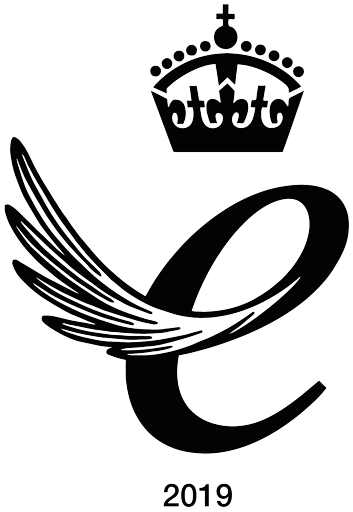Apps such as Uber, Halo, and Airbnb have been commercially successful and transformed the economy. I am often asked by students with ideas for Apps how they can protect them.
The simple answer is that once you have published the app you cannot protect the idea from being copied by a competitor. However, I advise them to include the IP strategy as part of the cycle of designing and developing the app. The best advantage you can have over your competitors is being first to market, with an app that has excellent user experience and quickly establishes a reputation.
Beyond this the features that can be protected are:
1) Trademark: The registered name of the app and associated domain names. Registering these will protect your App from copycats with similar names. This may also protect some of the look of your product such as the appearance and colours of your trademark
2) Copyright: This protects the underlying code but it does not protect you from co-incidental copying. This means that someone without seeing your code may have developed the same code. So when coding your app use code that someone independently implementing the same solution would not come up with. May developers use open source code and environment, which is not included in the copyright protection in your app.
3) Patents: These are the strongest protection for your App but also the most difficult and costly to obtain. For example Uber has patent protection on features such as its surge pricing code.
4) Protection of Databases: The open data revolution means that Governments are increasingly making data available to innovators and entrepreneurs to develop new business and business models. For instance many of the Public transport apps, use open data sets. Though the open data set may not be protectable if you extract the data and create a database then that database is protected by copyright.
You should also consider international growth and identify the countries you want to launch your app in and understand the types, duration a methods of obtaining IP protection in these countries.

